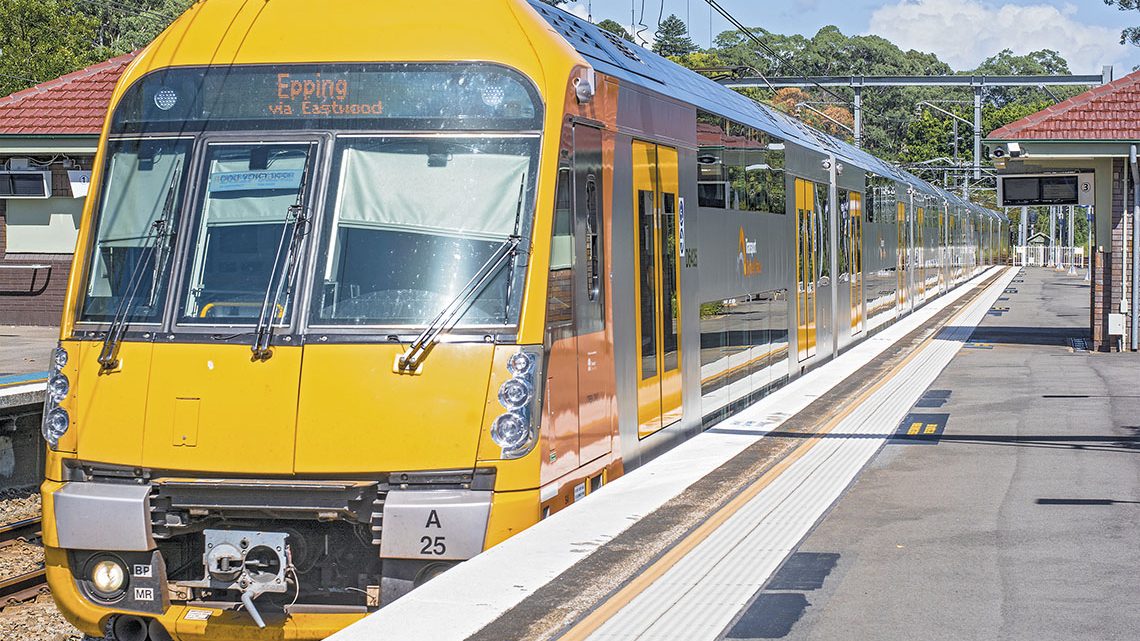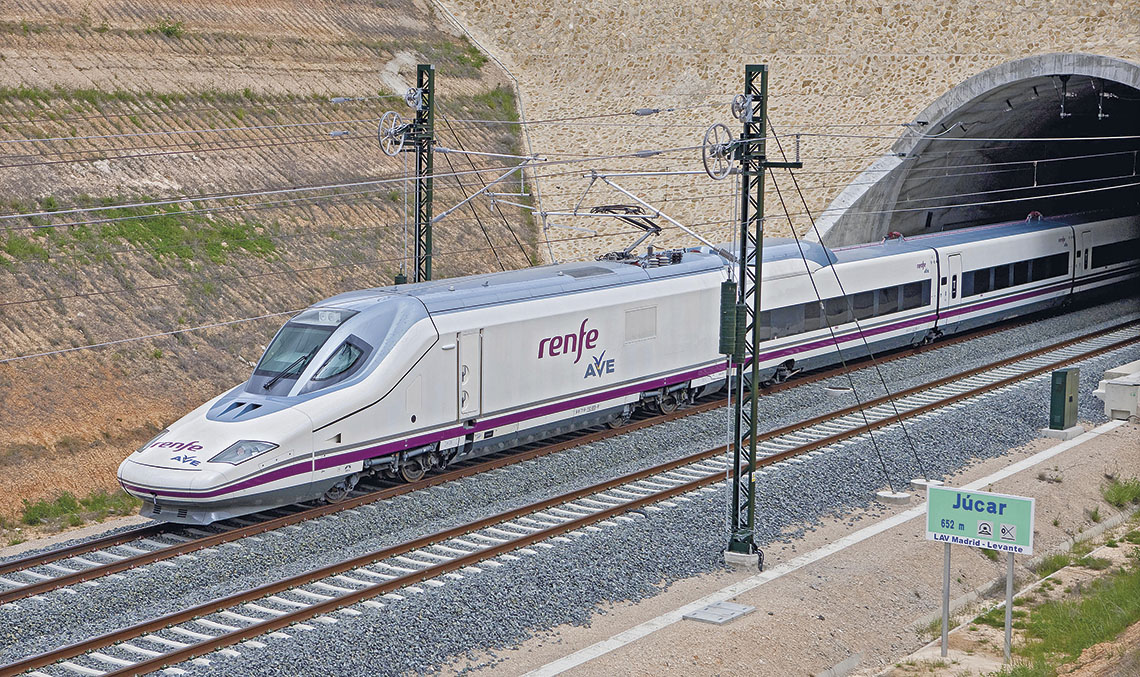As the systems integrator, Spanish public engineering firm Ineco will be in charge of supporting TfNSW, as subconsultant of Network Rail Consulting (NRC), in the development, integration and implementation of the new railway systems for the network, together with Acmena and Go-Ahead Group. This is a critical factor in enabling the network to significantly increase its capacity and absorb future demand.
The project, which will run through the end of 2020, is Ineco’s first contract in Australia, a country where large investments are being made in infrastructure and where Spanish companies are key players in the sector. Ineco’s extensive experience in the field of ERTMS both in Spain and in Europe where, among other things, it is collaborating at the highest levels of the European Commission to implement this system along the continent’s core corridors, was the key factor behind NRC’s selection of Ineco to carry out the project.
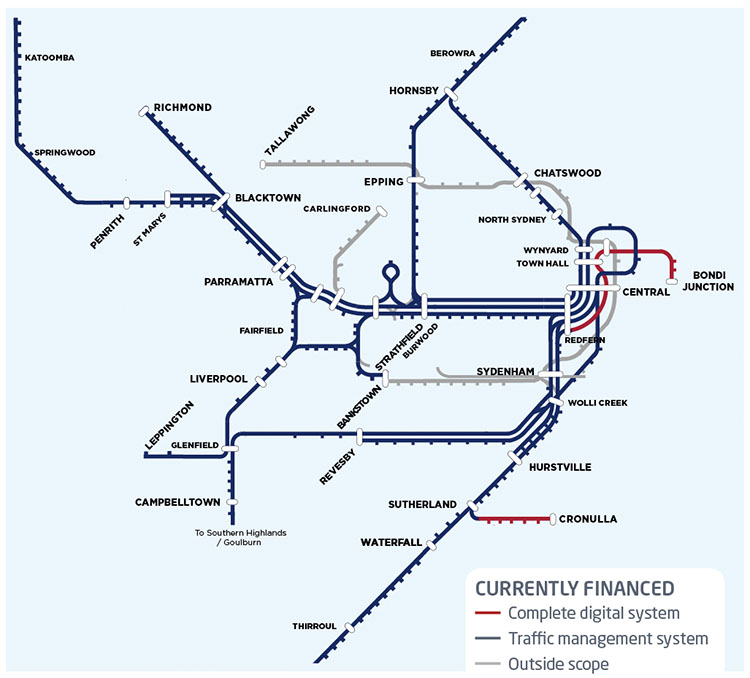
A map of Sydney’s commuter network, with the first two lines that are part of this initial phase of digitalisation highlighted in red. / IMAGE_TfNSW
Digital systems to modernise the network
In June 2018, the Government of New South Wales announced an investment of $880 million in technology improvements in order to modernise the Sydney Trains network, including the development of digital systems, to be delivered in phases and to be brought into service progressively over the coming years. The ultimate goal of this ambitious operation is to enable more frequent and reliable services to meet the needs of Sydney as a growing global city. Digital systems is part of the ‘More Trains, More Services’ program launched by TfNSW in June 2018, which aims to modernise Sydney’s rail network to increase safety, expand capacity and improve passenger experience.
Ineco’s experience with ERTMS in Europe –where it collaborates with the European Commission– is a key factor for this project
One of the most valuable lessons learned from the implementation of a state-of-the-art signalling system is that the entire process should not be solely about technology. The elimination of lateral signalling when migrating to ETCS level 2 represents a major change in operational rules. New skills and abilities must be incorporated in order to be able to develop in this technological environment, where new system functionalities require the definition of procedures and the adaptation of the human component in organisations, bringing in new roles and structures. A combination of efforts focused on people, processes and technology is therefore vital to the correct development of this ambitious digitalisation plan, with the human factor being perhaps one of the main focuses of attention in the preparatory work of planning and design.
Transport for New South Wales, located in south-east Australia, tendered the contract for the development and subsequent implementation of a new digital signalling system based on the European ETCS level 2 standard in 2018, as part of the programme for the digitalisation of its railway network. This component of the services is known as the system integrator and will initially address the digitalisation of two lines in the Sydney commuter network. The system integrator’s role is especially important, since it not only participates in the design of the solution to be implemented, but is also responsible for ensuring that the deployment of the new system is perfectly integrated into the existing railway network, in which different suppliers of signalling and control, rolling stock and communications coexist. The contract was awarded in late 2018 to the British company NRC, together with the Spanish public engineering company Ineco as well as Acmena (Australian engineering) and Go-Ahead (a British operator).
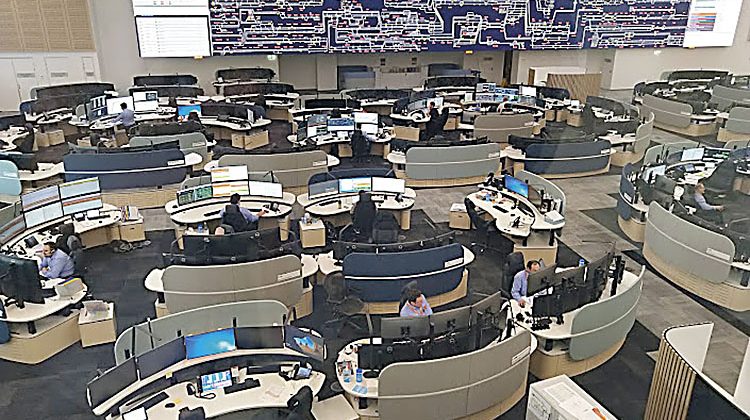
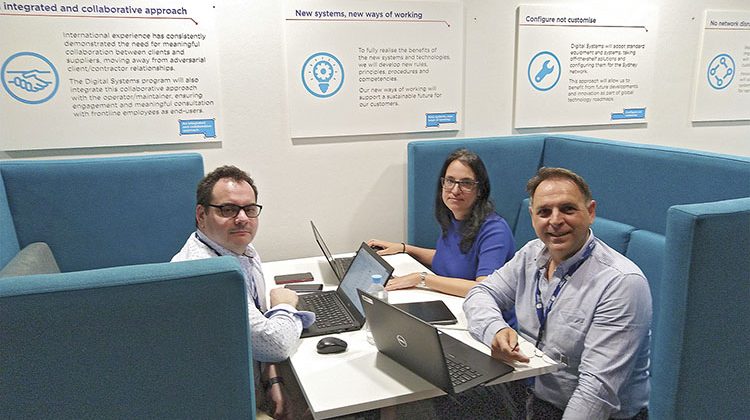
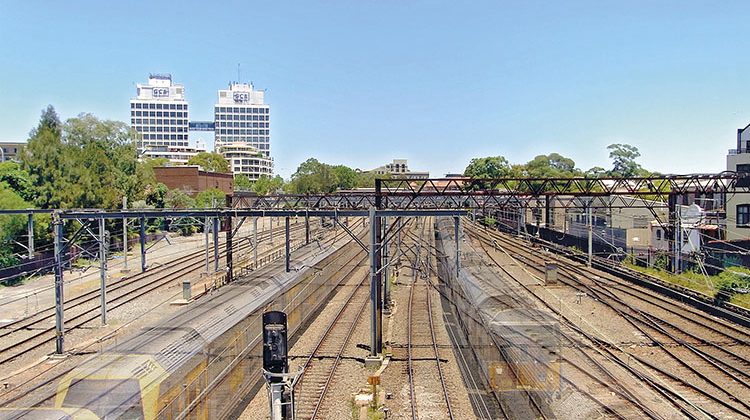
The combination of British, Australian and Spanish experience delivers a level of excellence that is essential to the successful integration of digital systems into this commuter rail network, operated by Sydney Trains, which requires upgraded signalling over a length of 815 kilometres.
The programme being carried out by NRC, together with Ineco, Acmena and Go-Ahead Group, is structured along three lines of action: the upgrading of the entire signalling network to ETCS level 2, the implementation of the ATO (Automatic Train Operation) system to assist train drivers, and lastly, the installation of a rail traffic management system (TMS) to increase efficiency in handling of incidents and improve service across the entire network. Ineco has participated in the project since its initial phase, which was developed over the course of 2019, with the systems integrator defining the system requirements, in terms of trackside and on-board signalling equipment, as well as the fixed and mobile communications, and the unified traffic management system (TMS).
Digital Systems is an ambitious digitalisation plan in which the combination of people, processes and technology is key, with an emphasis on the human factor in the design and planning phase
One of the keys throughout this process has been the collaboration among all the players involved, from the client TfNSW and the operators, including Sydney Trains, as well as the technology suppliers, who have worked as part of the project team under the Early Contractor Involvement (ECI) model. This partnership framework is based on the concept that an early agreement is always beneficial for all parties involved.
It is important to note that for this phase of mutual collaboration to be a success, it must be carried out in accordance with high standards of probity that require the entire team to act transparently, responsibly and honestly, monitoring all communications and work meetings and severely penalising any deliberate action that involves preferential treatment towards any of the bidders. The participation of a specialised team on the part of the client has been especially important to this process, not only ensuring compliance with the aforementioned principles, but also providing especially important training and prevention work in the preparation of work protocols.
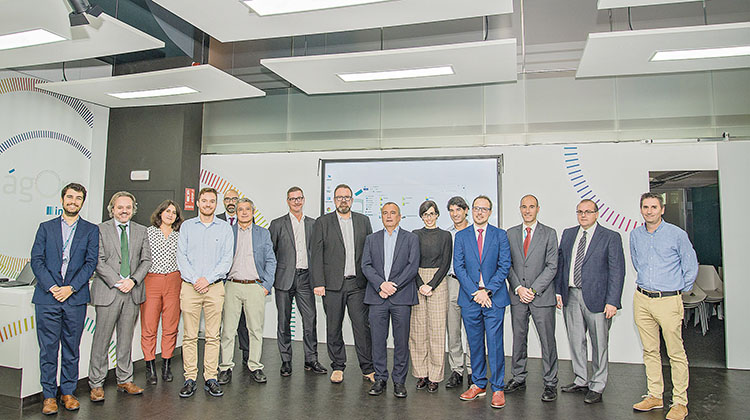
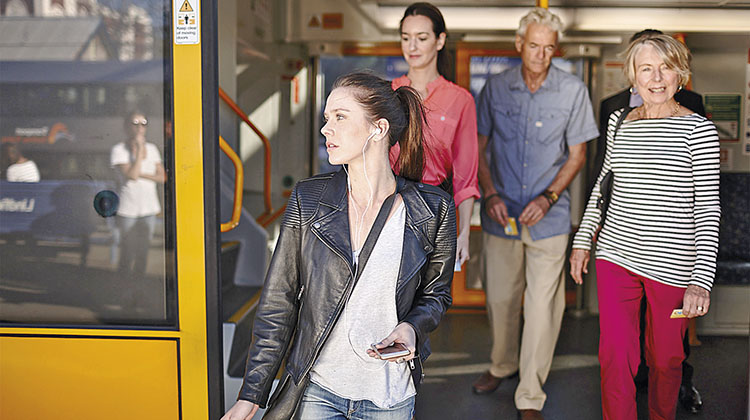
This ECI process began with a call for tenders from different industry suppliers and ended, in the first four months of 2019, with a short list of candidates who have shared their knowledge and experience in the initial stage of defining the requirements of the final solution to be implemented. The supplier contracts are expected to be awarded in the 2020, when the project team will begin working with them on a preliminary design that will precede the next phase of implementation and commissioning of the system, which is expected to begin the following year.

THE KEY ELEMENTS OF DIGITAL SYSTEM. The introduction of a state-of-the-art signalling system represents a paradigm shift in the operation of the system.
Integration tests will be carried out in a new technology centre prior to commissioning. This will make it possible to test the technology in a simulated environment, analysing different situations that could lead to critical incidents that would delay the subsequent commissioning phase. Another function of the centre will be to provide training to Sydney Trains staff in the maintenance and operation of the systems.

THE BENEFITS OF DIGITAL SYSTEMS. The transport strategy of the future is to implement digital systems that will allow for increased capacity across the entire rail network to meet demand and improve the passenger experience with more reliable services, shorter travel times, lower energy consumption and up-to-date, real-time information.
Challenging execution
Ineco’s team of 11 engineers and technicians specialised in signalling, railway system integration and communications are working alongside Sydney’s transport authorities to replace the existing signalling on their network with more up-to-date digital systems, all managed from a new, modern railway control system. This is an ambitious programme with one clear goal: to make a qualitative leap towards a higher level of safety and operation in order to save on maintenance costs for track equipment and, in return, to be able to offer more and better services for both passengers and freight, which will make it possible to increase the capacity of one of the country’s densest and most extensive networks.


